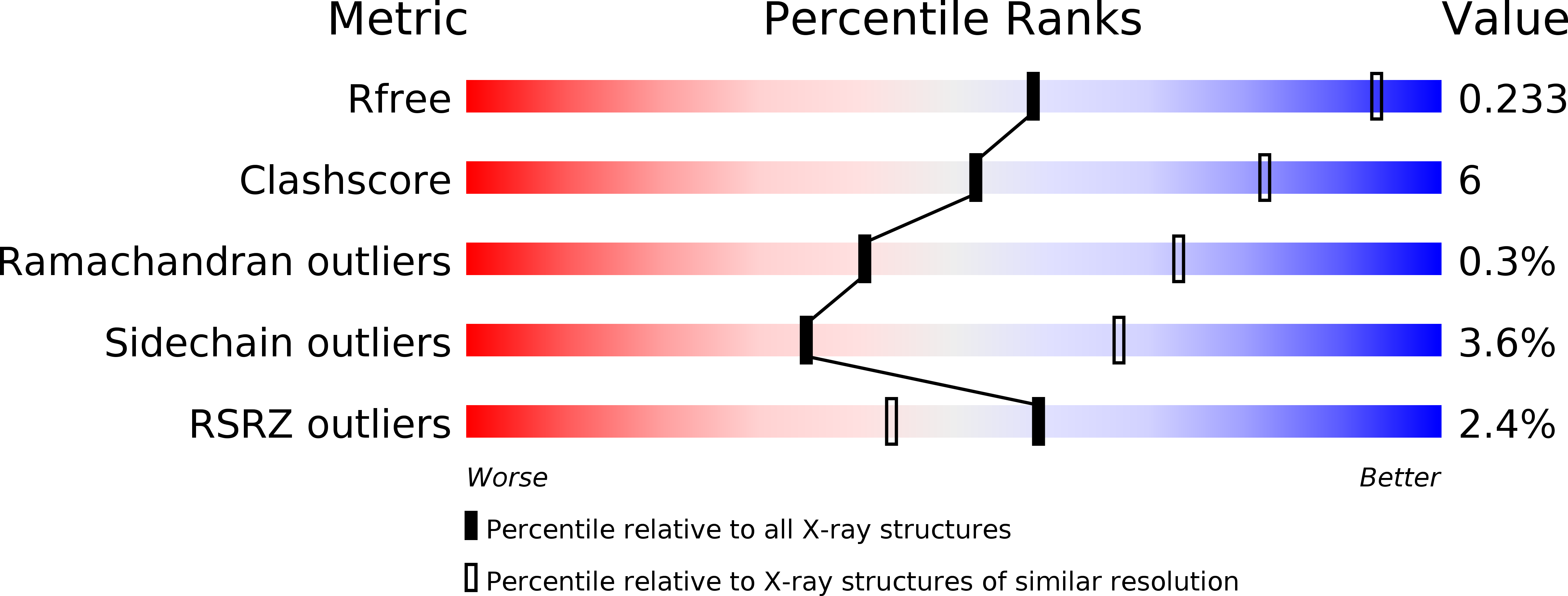
Deposition Date
2019-05-14
Release Date
2020-03-25
Last Version Date
2023-10-11
Method Details:
Experimental Method:
Resolution:
3.15 Å
R-Value Free:
0.23
R-Value Work:
0.21
R-Value Observed:
0.21
Space Group:
P 21 21 21


